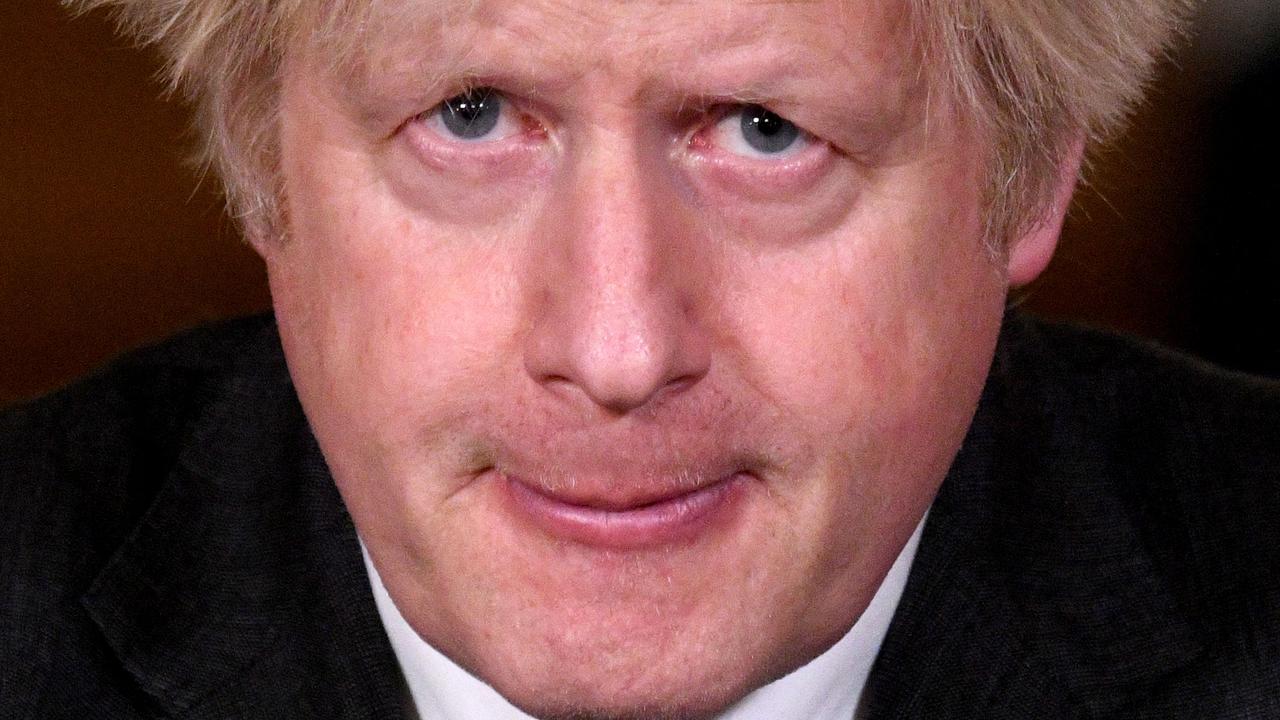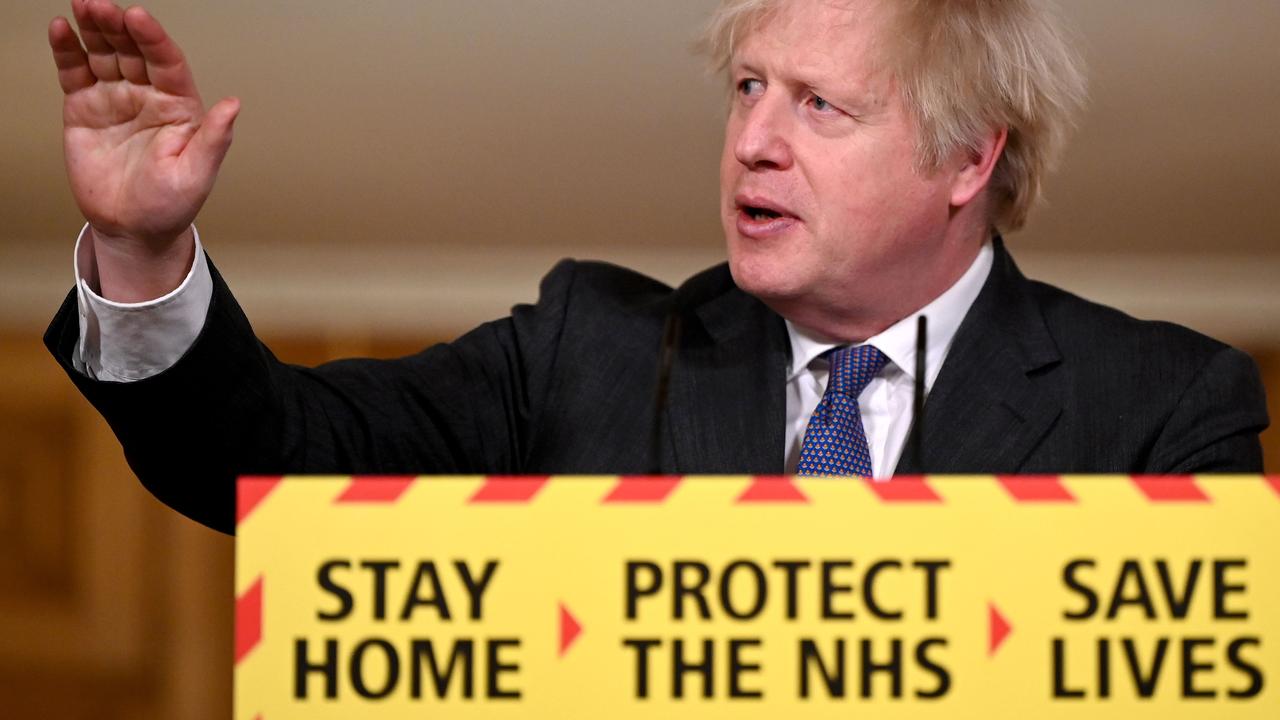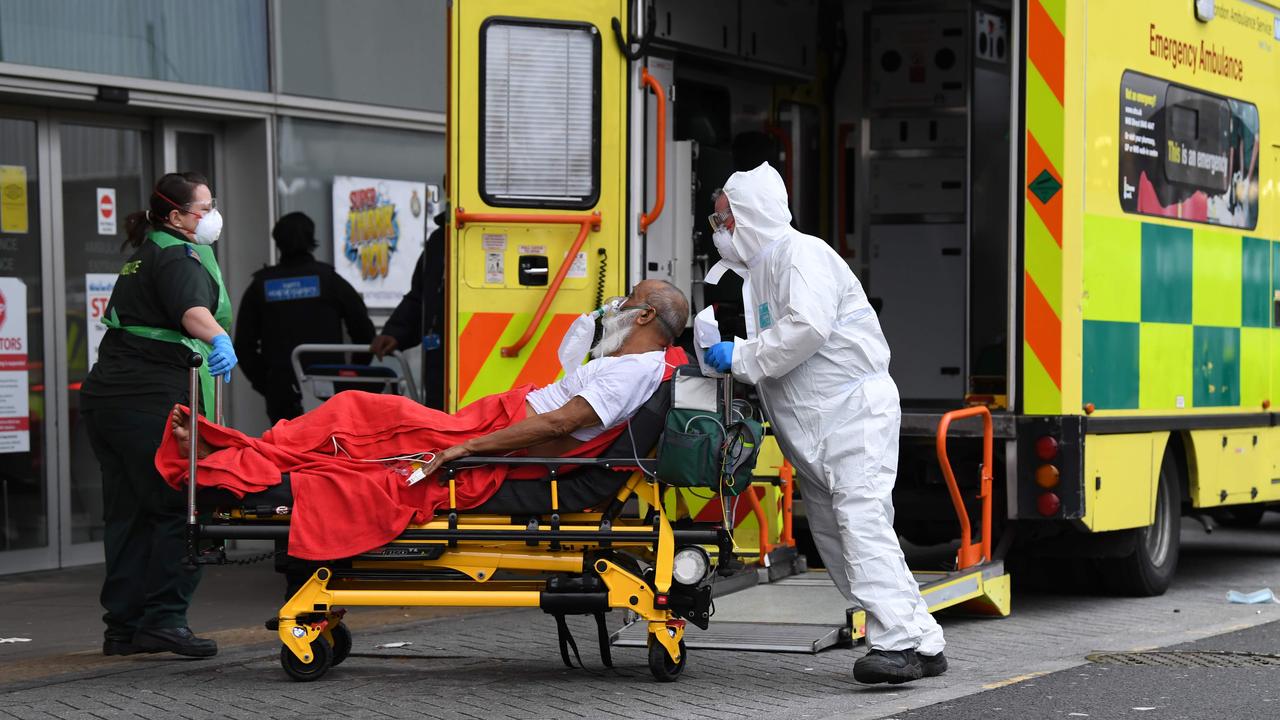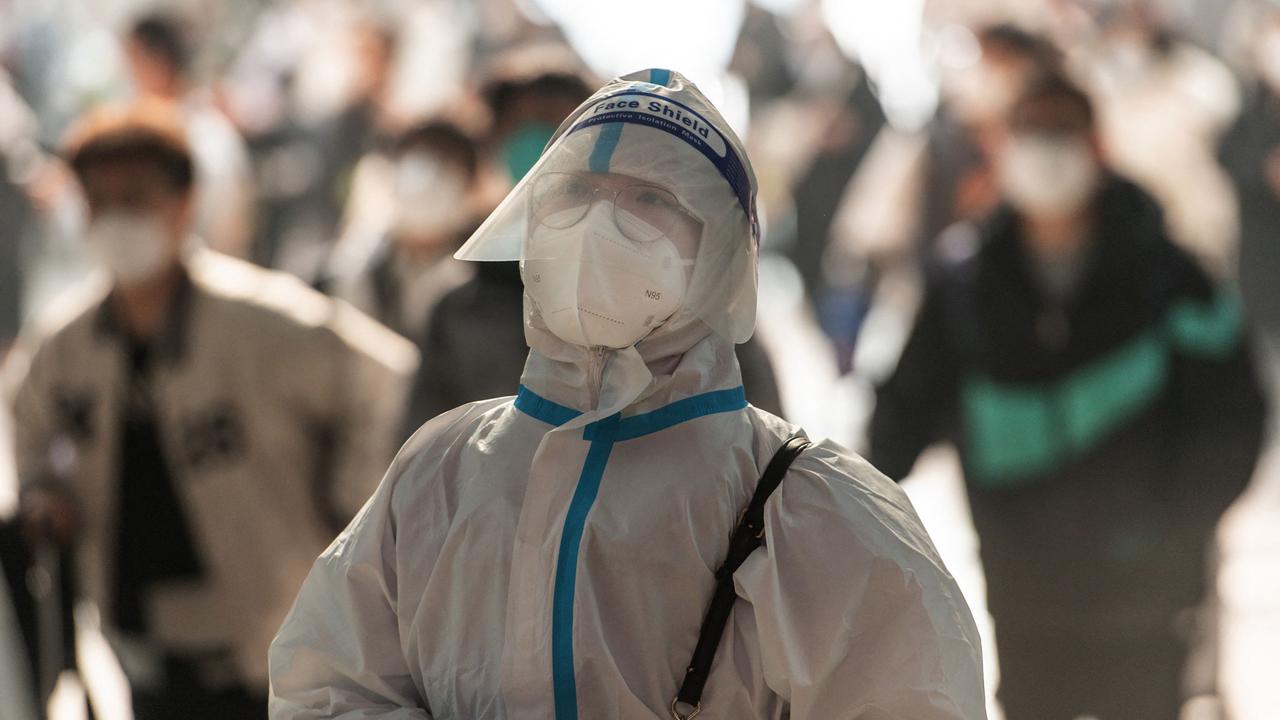UK says new COVID-19 strain is between 30-90 per cent more deadly
The new mutant strain of coronavirus is between 30 and 90 per cent more deadly than the old one but vaccines will still work, UK scientists say.

The new mutant strain of coronavirus is between 30 and 90 per cent more deadly than the old one but vaccines will still work, UK scientists say.
The revelation came as Prime Minister Boris Johnson warned the nation there is “evidence” more people are dying than before — as the government’s chief scientific adviser Sir Patrick Vallance said the new dominant COVID-19 variant was “obviously of concern”.
Three separate groups of experts advising the government have looked at the impact of the more contagious Kent variant on mortality.
Researchers concluded the new strain is between 29 and 91 per cent more likely to kill infected Brits — with three different studies showing very different results.
RELATED: How mutant virus strain infiltrated Australia
The London School of Hygiene and Tropical Medicine said it could be 1.35 times more deadly, Imperial College London said it was between 1.36 or 1.29 depending on the method used, and the University of Exeter found it may be 1.91 times more deadly.
The research was only based on a few hundreds deaths, but scientists followed them through from infection through to death.
“We’ve been informed today in addition to spreading more quickly, it appears there is some evidence the new variant may be associated with a higher degree of mortality,” Mr Johnson told a press conference on Friday night.
He warned the infection rate was “forbiddingly high”.

The new strain, which was first discovered in Kent, is already more easily transmitted than the older one, too — meaning it is infecting more Brits.
It’s being blamed for the huge increases in cases in the UK in the last month.
However, Mr Vallance said that 13 or 14 people per 1000 would die of the new strain, compared to around 10 of the old strain.
There isn’t much information about the South Africa and Brazil variants and their death rates yet, he explained.
“We are more concerned they have more features they might be less susceptible to vaccines,” he added.
“They are definitely of more concern and we need to keep looking at it and studying it.”
RELATED: Why Aussie vaccine rollout shouldn’t be paused
Professor Neil Ferguson, who sits on the government’s New and Emerging Respiratory Virus Threats Advisory Group (NERVTAG), said on Friday there was “a realistic possibility that the new UK variant increases the risk of death, but there is considerable remaining uncertainty”.
The research was consistent across different age groups, regions and ethnicities, he added.
However, he warned that only eight per cent of deaths contain information about which strain they had had.
Scientific Advisory Group for Emergencies (SAGE) documents released today showed that scientists estimate that the novel variant is 56 per cent more transmissible than other strains.
It came as Health Secretary Matt Hancock was recorded saying that the new South African strain may make COVID-19 jabs 50 per cent less effective.
Mr Hancock said there was “evidence in the public domain” that suggests the new variant is more resistant to jabs, but cautioned that scientists are still carrying out tests.
It came as Mr Johnson warned that “the death number will continue to be high — at least for a little while to come”.

One in ten adults in the UK now been vaccinated, while there were 40,261 new COVID-19 cases reported in the last 24 hours and 1401 deaths.
But there have also been the first signs that the pressure on the National Health Service is easing as number of COVID-19 patients in hospital starts to fall.
The R rate — which represents the number of people an infected person will pass COVID-19 on to — is officially below 1 again.
Earlier, Environment Secretary George Eustice said officials were looking at more ways to crackdown on borders and even shut them completely to stop new variants reaching Britain’s shores.
Plans are also being firmed up for the UK to start forcing people to quarantine in hotels when they come into the country.
Meanwhile, leaked documents have revealed plans to give everyone who tests positive £500 ($900) — but the Treasury said it not even heard of the proposal and livid allies of the PM said it wasn’t going to happen.
The new variant is feared to have started with one person in Kent, and is now responsible for more and more cases across Britain.
Britain has seen record case numbers on a daily basis in the past month — despite the November lockdown, tougher tiers and then the new year shutdown.
Since the UK announced the discovery of the strain, it has been confirmed in small numbers in France, Belgium, Italy, the Netherlands, Denmark and Australia.
The UK has a strong ability to investigate new mutations of the virus — known as genomic sequencing — which is unmatched by other countries.
Public Health England has been doing extensive work into the new strain, and exploring whether it’s linked to more outbreaks.

R WE GETTING THERE
On Friday, SAGE said the R rate was now between 0.8 and 1.
It was estimated to be between 1.2 and 1.3 nationally last week, when the growth rate also suggested the outbreak was continuing to get worse.
SAGE said the R was now below 1 in every English region with each falling compared to last week.
In the East of England the R may even be as low as 0.6, while for London and the South East it could be down to 0.7.
When R is below 1, it means transmission is low and the epidemic is shrinking — but greater than that number suggests it’s growing.
The last time the reproduction value was below 1 in the UK was December 11 and peaked a fortnight ago when the range was between 1 and 1.4.
While the R number is heading in the right direction, experts warn that it remains dangerously close to the crucial 1 value.
PEAK REACHED?
The number of inpatients in England has fallen for three days in a row, suggesting the “peak” has been reached, fresh figures revealed today.
A total of 33,325 COVID-19 inpatients were reported by NHS England on Thursday.
It’s down 3 per cent on the 34,336 reported on January 18 — a record high for England.
But most of the change is down to drops in the south of England, including in London.
The north and Midlands are yet to see improvements in their hospital inpatient figures, which are still rising week-on-week.
This article originally appeared on The Sun and was reproduced with permission



